Eco-Friendly Printed Circuit Board Recycling Solutions for Electronics
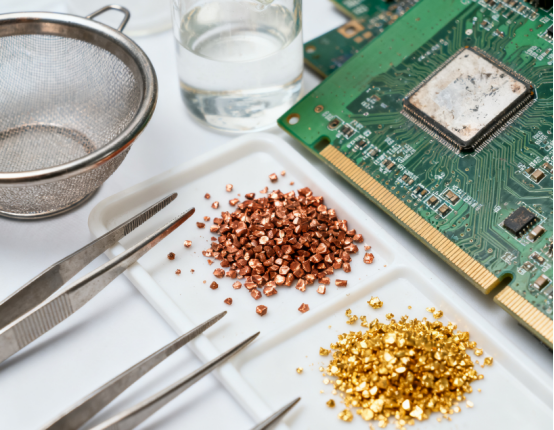
Electronic waste, or E-Waste, is growing at an alarming rate. According to the United Nations’ Fourth Global E-Waste Monitor, the world produced a record 62 million tons of electronic waste in 2022, an 82% increase since 2010. This number is expected to reach 82 million tons by 2030, and the amount of E-Waste is increasing about 2.6 million tons every year. Unfortunately, less than a quarter of this waste is properly collected and recycled, leaving billions of dollars’ worth of valuable materials unused and causing serious environmental pollution.
Among all electronic waste, printed circuit boards (PCBs) are a major component. They contain precious metals like gold, silver, and copper, but also toxic materials that can harm the environment if not handled properly.
This is why eco-friendly printed circuit board recycling, PCB recycling, and responsible electronics product recycling are so important. By using environmentally safe methods to recover valuable materials from PCBs, we can reduce pollution, save resources, and make electronics more sustainable.
Why PCB Recycling Matters
1. Environmental Protection
Printed circuit boards (PCBs) contain heavy metals such as lead (Pb) and cadmium (Cd), along with toxic chemicals used in soldering and flame retardants. If these boards are thrown into landfills or burned, these substances can leach into soil and groundwater, contaminating drinking water and harming plants, fish, and other wildlife.
Burning PCBs without proper controls can release harmful gases like dioxins and furans into the air, which are dangerous to human health and contribute to air pollution. By recycling PCBs properly, these hazardous substances are captured and treated safely. Recycling facilities use specialized equipment and processes to neutralize chemicals and contain toxic materials, significantly reducing environmental damage and protecting public health.
2. Resource Recovery
PCBs are not just waste; they are a rich source of valuable metals. Precious metals such as gold, silver, and palladium can be extracted, along with base metals like copper and aluminum. Recycling these metals reduces the need for mining, which conserves natural resources and minimizes environmental impact.
Recovering metals from recycled PCBs also consumes less energy than producing metals from raw ores. For example, one ton of PCBs can yield several kilograms of gold and copper, which is economically valuable. Reusing base metals in new electronics helps reduce production costs and energy usage, contributing to a circular economy where materials are continually reused rather than discarded.
3. Legal and Regulatory Compliance
Many countries have strict regulations for electronic waste disposal, requiring proper collection, treatment, and recycling. Companies that fail to comply risk fines, legal penalties, and reputational damage.
Proper PCB recycling ensures businesses meet environmental standards and demonstrate social responsibility. Compliance also improves a company’s credibility with customers, investors, and partners. Additionally, some regions provide financial incentives or tax benefits for businesses that implement eco-friendly recycling programs. By following these regulations, companies gain legal protection, business advantages, and contribute to a cleaner environment.
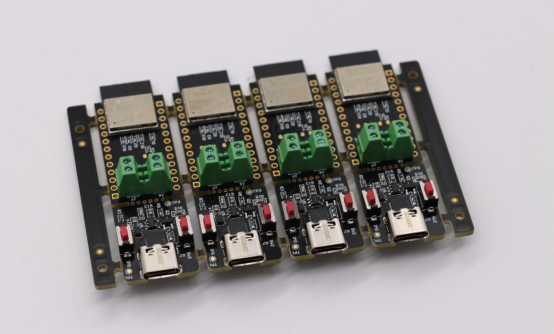
Eco-Friendly PCB Recycling Methods
1. Physical Recycling
Physical recycling is the simplest and safest method for recovering materials from PCBs because it does not use harmful chemicals. In this process, the boards are crushed into small pieces, and the resulting fragments are sorted using techniques such as sieving, magnetic separation, and density-based separation. Metals are separated from plastics and other non-metal materials efficiently.
This method consumes very little energy, which makes it environmentally friendly. The recovered metals, including copper and aluminum, can be reused in new electronics, reducing the need for mining and conserving natural resources. Physical recycling is often the first step in a multi-stage recycling process, preparing the materials for further chemical or thermal treatment.
2. Chemical Recycling
Chemical recycling involves using environmentally safe solvents or acids to extract valuable metals such as gold, silver, and copper from PCBs. Modern chemical processes are carefully designed to minimize harmful emissions and protect the environment.
Some chemical methods can recover over 90% of precious metals, even from small or hard-to-reach components that physical methods cannot easily separate. The chemicals used in this process are recycled and managed carefully to prevent contamination of water and air. Chemical recycling is especially valuable for recovering high-value materials efficiently while reducing overall environmental impact.
3. Thermal Treatment
Thermal treatment involves heating PCBs at controlled temperatures through processes like low-temperature incineration or pyrolysis. This method efficiently recovers metals and simultaneously reduces the total volume of waste.
During thermal treatment, harmful gases are produced, but these are captured and treated using filters and scrubbing systems to minimize air pollution. Thermal methods are often combined with physical or chemical recycling to ensure complete recovery of metals and other valuable materials, making the recycling process thorough and environmentally responsible.
4. Innovative and Emerging Technologies
New technologies are improving PCB recycling, making it safer, more efficient, and more sustainable.
l Bio-recycling uses certain microorganisms to naturally extract metals from PCBs. This method is energy-efficient, reduces the use of chemicals, and can recover metals from complex or small components.
l Automation involves advanced machines that can sort, separate, and recover materials with minimal human intervention. Automation improves safety, increases speed, and ensures consistent results.
l Continuous research focuses on developing methods to reduce waste, lower emissions, and increase metal recovery rates.
These innovative approaches promise a more sustainable future for PCB recycling, helping industries recover more resources while protecting the environment, and supporting a circular economy where materials are reused instead of discarded.
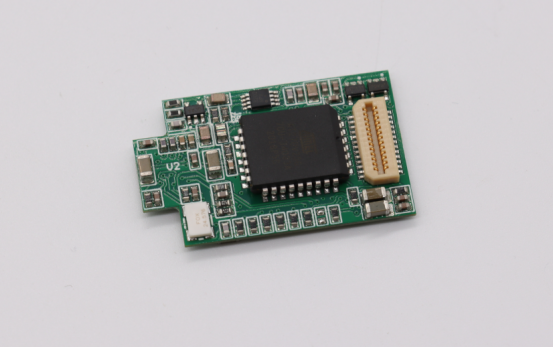
Best Practices in Electronics Industry
1. Corporate Case Studies
Many electronics companies around the world have implemented successful PCB recycling programs that show both environmental and economic benefits. For example, some manufacturers collect defective, obsolete, or returned PCBs from their production lines and consumer products. These boards are then sent to specialized recycling facilities, where valuable metals such as copper, gold, and silver are recovered.
By doing this, companies reduce raw material costs, because metals recovered from recycled PCBs can replace some of the newly purchased materials. At the same time, they decrease the volume of electronic waste sent to landfills, reducing environmental pollution. Companies that actively promote these programs also enhance their public image, demonstrating corporate responsibility to stakeholders, customers, and regulators.
2. Optimized Recycling Processes
Successful PCB recycling programs rely on well-organized, step-by-step workflows to maximize efficiency and safety.
The first step is categorizing and collecting PCBs to separate recyclable boards from those that cannot be reused. Proper handling at this stage prevents contamination and ensures hazardous substances are controlled.
Next, PCBs are transported safely to recycling facilities. During transport, measures are taken to avoid leaks or spills of toxic materials. At the facility, boards undergo efficient recycling methods, including physical separation, chemical extraction, or thermal treatment, depending on the type and composition of the PCB.
Finally, the recovered metals and materials are processed and reintroduced into new electronic products, completing the recycling loop. Optimizing each step—from collection to recovery—reduces waste, lowers energy consumption, and improves overall efficiency.
3. Green Design Principles
In addition to proper recycling, many electronics companies are adopting green design practices to make future PCBs easier to recycle. Boards are designed to be modular, easy to disassemble, and free of hazardous chemicals. Components are placed in a way that allows quick separation, and materials that can be recycled are clearly identified.
By reducing the use of toxic substances and designing for recyclability, manufacturers simplify recycling processes, improve safety, and increase the efficiency of material recovery. Green design also extends the life cycle of materials, reduces environmental impact, and supports a circular economy where products are reused instead of discarded.
Implementing green design alongside optimized recycling processes allows companies to achieve sustainability goals, meet regulatory requirements, and demonstrate leadership in environmental responsibility. These proactive strategies help ensure that electronics production becomes both eco-friendly and economically sustainable.
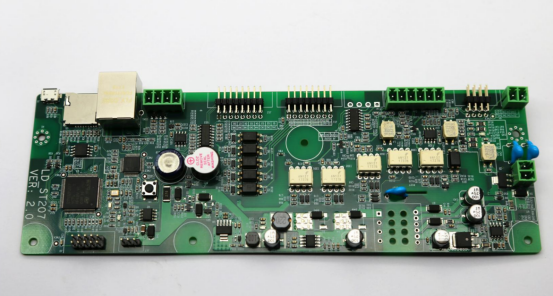
Challenges and Solutions in Eco-Friendly PCB Recycling
1. High Recycling Costs
One of the main challenges in PCB recycling is the high cost of collection, transport, and processing. Recycling facilities require specialized equipment, trained staff, and careful handling of hazardous materials, which increases operational expenses.
To address this, governments in many regions offer subsidies or financial incentives for companies that implement eco-friendly recycling programs. These supports can help offset initial costs and encourage wider participation.
In addition, advances in recycling technology, such as automation and more efficient chemical or thermal processes, can reduce labor and energy expenses, making recycling more affordable and sustainable.
2. Handling Hazardous Substances
PCBs contain toxic metals like lead, cadmium, and mercury, as well as chemicals from solder and flame retardants. Improper handling of these substances can cause environmental contamination and health risks.
The solution is to implement strict recycling procedures and environmental monitoring. Recycling facilities use specialized containment, filters, and scrubbing systems to safely capture harmful gases and chemicals. Regular inspections and adherence to safety protocols ensure that hazardous substances are neutralized or properly managed, protecting both workers and the environment.
3. Lack of Awareness and Participation
Another significant challenge is that many companies and the general public do not fully understand the importance of PCB recycling. Without awareness, valuable materials are discarded as waste, and hazardous components may be improperly disposed of.
Education and outreach programs are key solutions. Workshops, seminars, and public campaigns can teach businesses and consumers about the benefits of recycling and the proper methods for handling electronic waste. Promoting recycling programs within the industry encourages more companies to participate, while informing the public increases responsible disposal of old electronics, leading to higher recycling rates and reduced environmental impact.
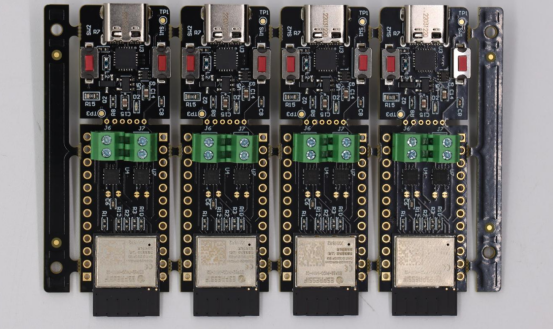
Conclusion
Eco-friendly PCB recycling is both important and achievable. By properly recycling printed circuit boards, we can reduce environmental pollution, recover valuable metals, and save natural resources. Recycling is no longer just an option—it is a crucial step toward a sustainable electronics industry.
The success of PCB recycling depends on a combination of advanced technology, strict regulations, and cooperation among companies. Modern recycling methods, including physical, chemical, and thermal processes, ensure that hazardous substances are handled safely while materials are efficiently recovered. Governments and industry organizations play an essential role by providing guidelines, incentives, and oversight to support eco-friendly practices.
Ultimately, everyone can contribute—electronics companies, consumers, and recycling facilities. Companies can adopt green design and recycling programs, while consumers can properly dispose of old electronics. By working together, we can create a circular economy where materials are reused, waste is minimized, and the environment is protected for future generations.
If you want to learn more about PCBs or explore professional PCB solutions, you are welcome to contact PCB MASTER, a trusted and professional PCB supplier, for guidance and support.
FAQs
1. What are some common mistakes people make when trying to recycle PCBs at home?
Many people try to recycle PCBs at home, but this is dangerous and often ineffective. A common mistake is burning old circuit boards, which releases toxic gases like dioxins and heavy metals into the air. Another mistake is mixing PCBs with regular trash, which can contaminate soil and water.
Some also attempt to extract metals using chemicals without proper safety equipment, which can cause burns, poisoning, or explosions. The safest way is to use professional recycling services, which handle hazardous materials correctly and recover valuable metals efficiently.
2. How can small electronics companies start a PCB recycling program?
Small electronics companies can start by partnering with certified PCB recycling facilities. First, they should collect old, defective, or unused boards from production lines or returned products. Next, they can sort boards by type and material to make recycling easier.
Companies should also train staff on safe handling of hazardous substances and keep records of recycling activities to comply with regulations. Finally, they can reuse recovered metals or sell them to suppliers, which helps reduce costs and supports sustainability.
3. What makes bio-recycling of PCBs different from other recycling methods?
Bio-recycling uses special microorganisms to naturally extract metals from PCBs. Unlike chemical or thermal methods, it does not require harsh acids, high temperatures, or harmful emissions. Bio-recycling is energy-efficient and reduces the risk of environmental pollution. It is especially useful for small or complex boards where metals are difficult to separate physically. However, bio-recycling is usually slower than other methods and is often combined with physical or chemical processes for complete recovery.
4. Can recycled PCB metals be used in high-tech electronics?
Yes, metals recovered from recycled PCBs, such as copper, gold, and silver, are usually pure enough for high-tech applications if properly processed. After extraction, metals are refined and purified to meet industry standards.
They can then be used in new circuit boards, connectors, or chips, reducing the need to mine raw materials. Using recycled metals helps companies save costs, reduce environmental impact, and support a circular economy.
5. How can consumers help improve PCB recycling rates?
Consumers can play a big role by disposing of old electronics properly. Instead of throwing them in the trash, they should take devices to certified e-waste collection points or return them to manufacturers offering recycling programs.
Consumers can also remove personal data and separate batteries before recycling, which makes processing safer. By spreading awareness and participating in local recycling programs, consumers help ensure that more PCBs are recycled, fewer toxins are released, and valuable metals are reused.
